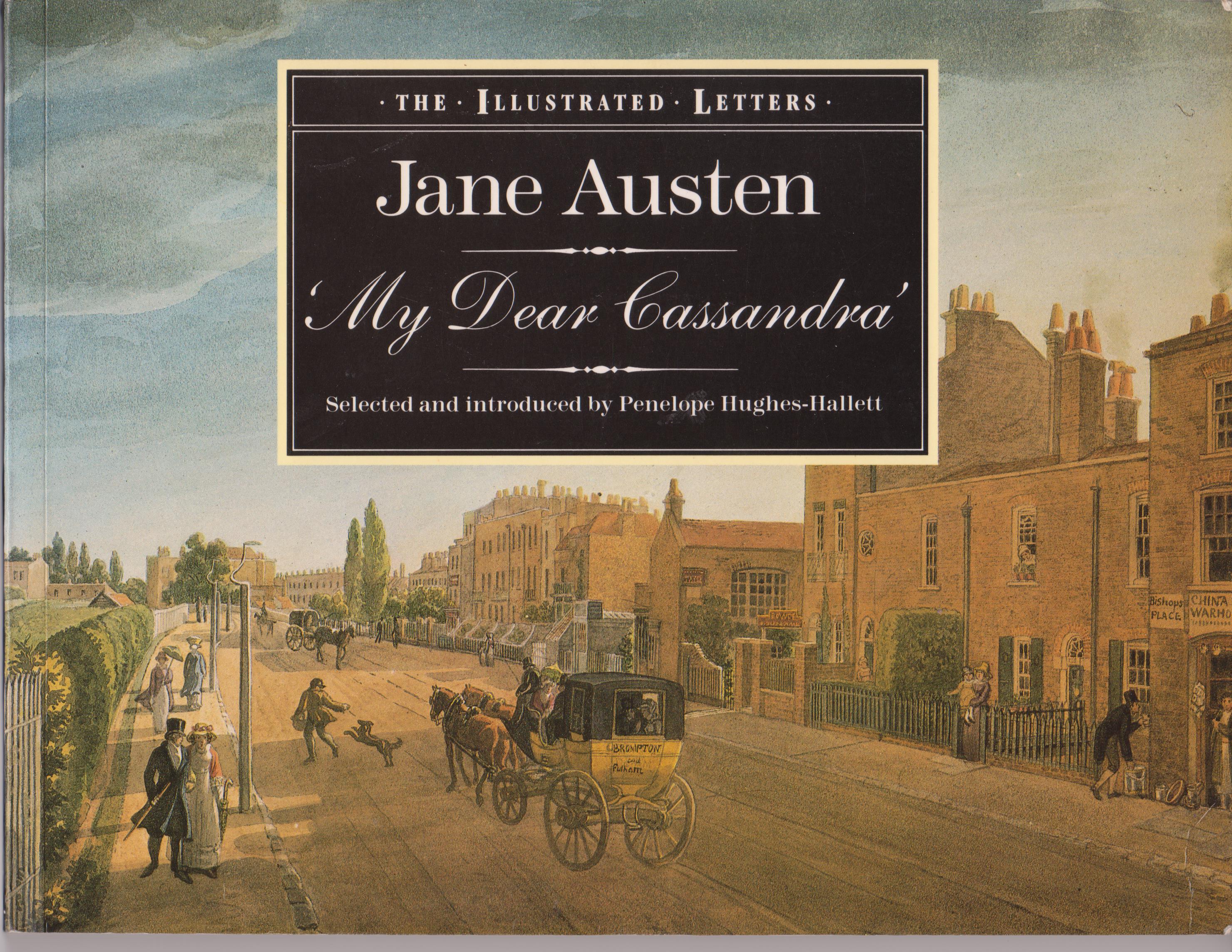A very special package came to me from England the other day. A dear friend sent me a copy of The Illustrated letters Jane Austen ‘My Dear Cassandra’. She sent it because she knows my love of all things Austen, and knew I would enjoy it. And I do…
I never liked reading letters written by famous people before. Somehow, I felt like it was an intrusion on the writer’s privacy, even when the writer was long gone. It’s hard to really “get” letters sometimes-you weren’t there for the inside jokes. When it’s an historical figure, there is so much background information that you don’t have. Context can be difficult. As I got older, however, I acquired a taste for reading them. One gains so much insight about the writer and his or her time. It is amazing, sometimes, how contemporary an individual from long ago can seem when one is reading her private thoughts. I have found Jane Austen’s letters to be fascinating, because of her wry, and frequently caustic, wit and the emotions which show through. Having read the Oxford edition of her letters, and used them for research purposes on more than one occasion, I am familiar with some of her letters and enjoy dipping into them.
This little books, however, is something special. Penelope Hughes-Hallett selected some of Jane Austen’s letters to her sister Cassandra, and others, and compiled them with illustrations-portraits, landscapes, drawings, paintings- carefully selected to illustrate the people, places and activities that Austen discussed in each letter. They are extremely well chosen, and give an additional dimension to the letters. The reader can actually “see” more of the context of each letter. This is a delightful book, and I would recommend it to any Jane Austen fan. I would especially recommend it to anyone who has shied away from reading her letters for any reason.
Although this is not a new book (originally published in 1990, with subsequent reprints), it seems to be readily available through AbeBooks, the Tattered Covered, and other book outlets. I highly recommend it, whether you want to read it yourself or desire it as a gift for your favorite Janeite!

